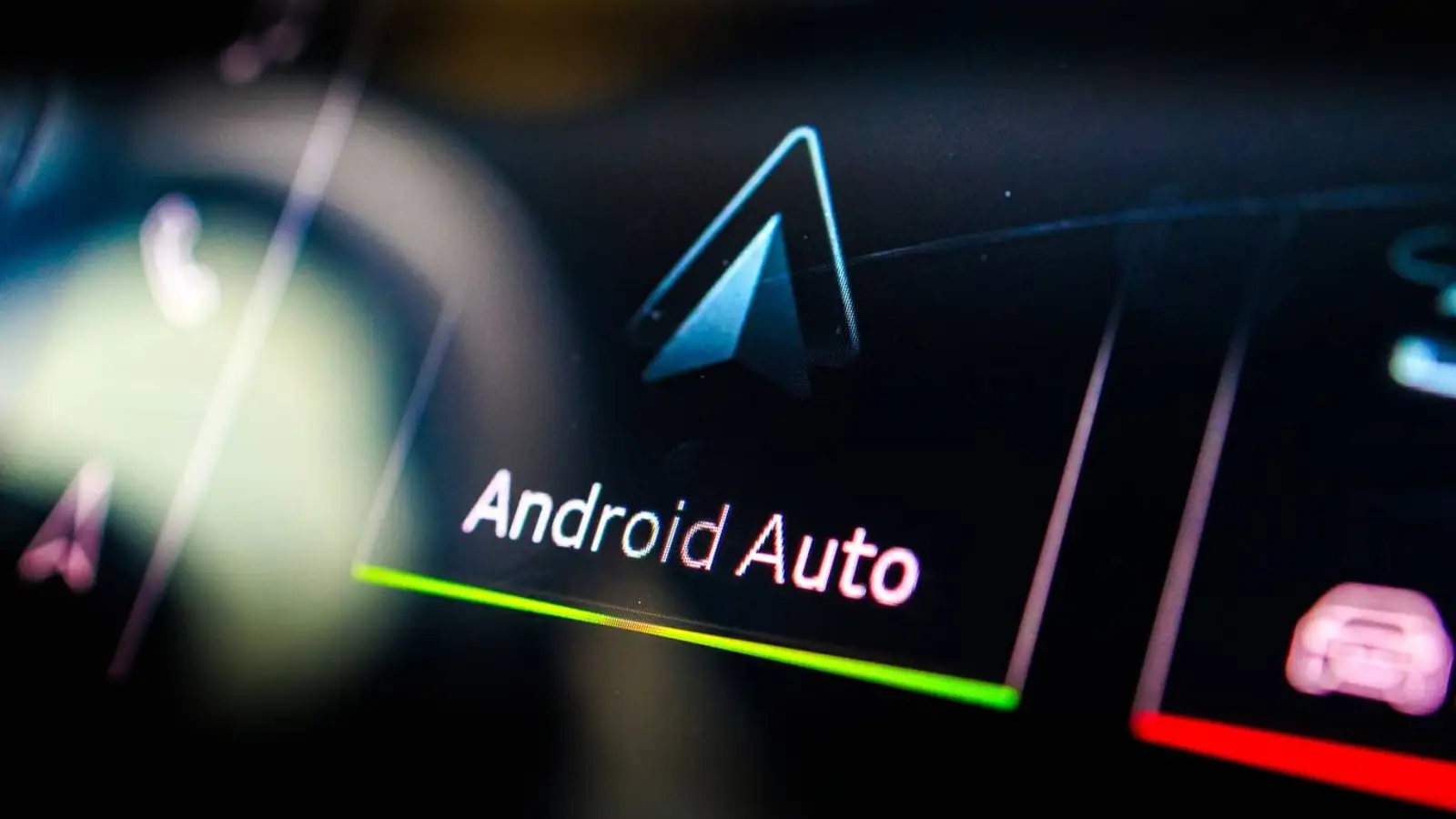Unlock Android Auto: the best hidden settings and pro tips
Discover Android Auto's best hidden settings: developer mode, night mode, smarter notifications, auto-resume, and a cleaner home screen for safer drives.
Discover Android Auto's best hidden settings: developer mode, night mode, smarter notifications, auto-resume, and a cleaner home screen for safer drives.

© A. Krivonosov
Android Auto has settled into cars across the globe — more than 200 million vehicles now support it out of the box. Yet most drivers stick to the basics: navigation, music, calls. Meanwhile, tucked away in the menus are settings that can turn Android Auto from a handy tool into a genuinely intelligent assistant tuned to your habits. The Pepelats News team put this to the test and selected a handful of the most compelling options.
Android Auto has a developer mode that few people know about. To enable it, tap the app’s version number ten times in settings — it’s like opening a hidden door in a familiar house.
Once active, it unlocks experimental features: you can change interface themes, check performance, monitor traffic, and even tweak how apps behave. These tools are meant for testing, so they can be unpredictable, but they’re exactly what helps tailor the system to your liking.
Not every option is helpful. For instance, Save Audio and Save Video consume data traffic, so it’s better to turn them off unless you’re debugging. That reduces background load and extends your phone’s stamina.
Wireless Android Auto is convenient, but it burns through charge. On long drives a phone can overheat and lose up to 20% in just half an hour. The straightforward fix is a wired USB connection. It’s more stable and kinder to your battery.
The difference isn’t always obvious at first, but forget the cable once and you’ll notice how quickly Wi‑Fi eats into the battery. A small habit that quietly improves every trip.
Anyone who has driven at night with navigation knows how harsh a white screen feels. In Android Auto you can manually switch on Night Mode, even if the car doesn’t support automatic toggling. The interface softens immediately and your eyes get a break.
For daytime you can bring back the light theme, but many drivers prefer sticking with Night Mode. It reduces distraction, and the navigation panel looks more at home in the cabin.
One feature that makes Android Auto feel truly smart is automatic resume. Start the engine and it continues your podcast, playlist, or audiobook exactly from the point you paused — no extra taps, no ads, no fuss. For frequent short stops, it’s a small luxury that keeps the rhythm of the road intact.
Android Auto lets you finely tune which notifications reach you while driving. You can disable having personal messages read aloud and keep only what matters — navigation alerts or calls, for example.
Cutting the noise makes trips calmer and safer. Few things distract more than a voice assistant reading memes from a group chat while you merge in heavy traffic.
This option tends to split users. On the one hand, launching Android Auto without unlocking your phone makes connection instant. On the other, it reduces security, especially if the car has multiple drivers.
For a personal vehicle it’s convenient; for a work or family car, worth a second thought. The key is recognizing the trade-off between speed and safety.
Few realize the Android Auto launcher can be personalized. By default the system decides which apps to show, but it’s better to take control. Remove the clutter and add shortcuts to the actions you use every day.
For example, set up a button that launches navigation and your favorite streaming playlist with a single tap. The standard panel turns into a personal control center — minimalism with purpose.
Android Auto isn’t just phone mirroring anymore. It’s a discreet digital co‑pilot that can make driving easier, safer, and even a touch cozier. In most cases, a couple of minutes with the hidden settings is enough for the system to start adapting to you.
No hacks required: everything is officially available, just buried deeper in the menus. And once you tune Android Auto to your taste, going back to the default feels like a step backward.